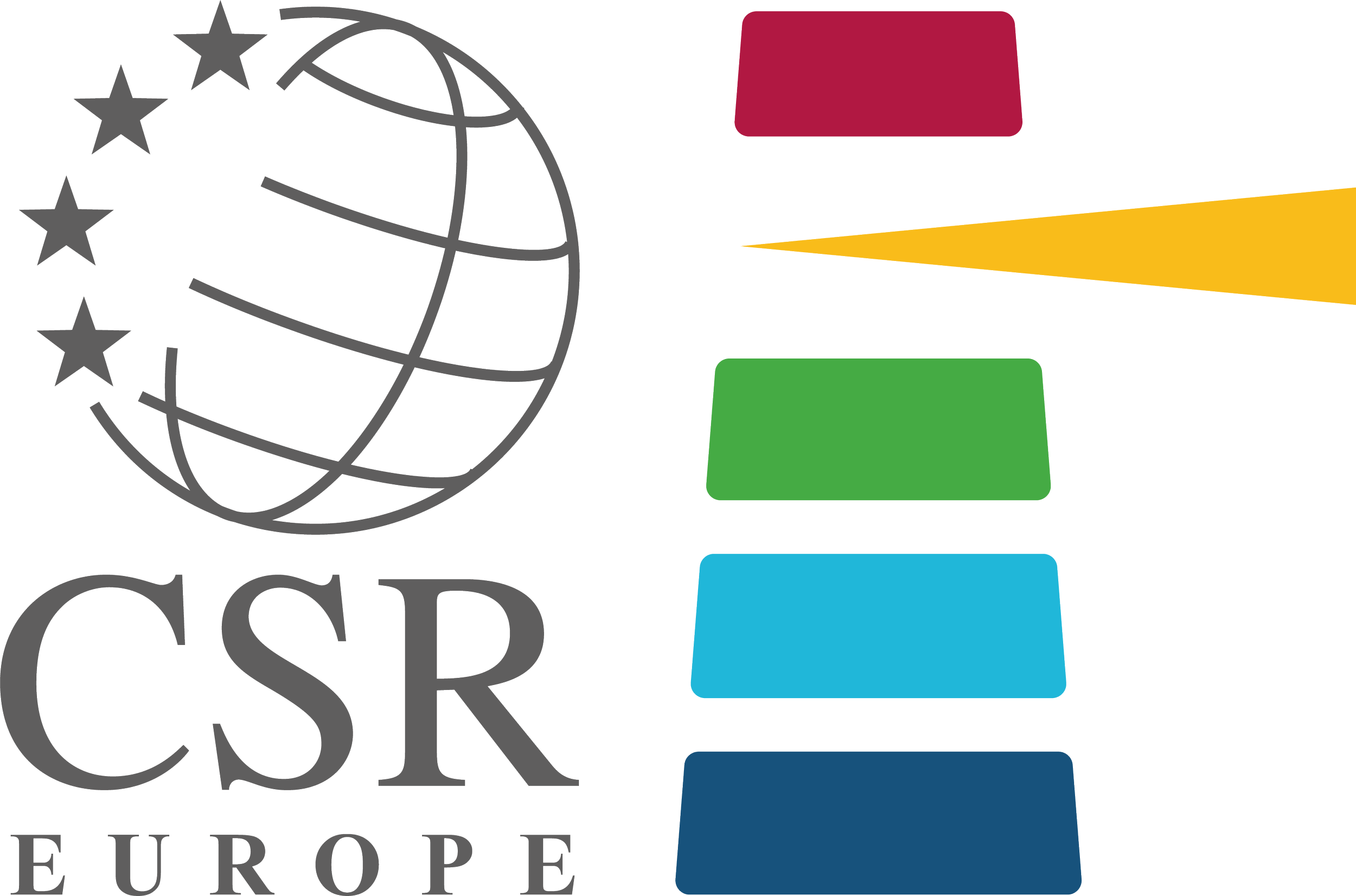How You can Foster Talents & Skills in Science, Technology, Engineering and Mathematics
Michael Bzdak, Global Director, Employee Engagement at Johnson & Johnson, shares insights about the work of the American pharmaceutical multinational in Together 4 STEM, the collaborative platform initiated by CSR Europe to facilitate young people’s access to STEM studies and careers.
What are the main challenges Johnson & Johnson faces when it comes to Science, Technology, Engineering and Mathematics (STEM)?
Michael Bzdak: Gender diversity, youth unemployment, racial and social justice are some of the big topics that Johnson & Johnson (J&J) is grappling with. There is a competition among companies for talents. Everyone is trying to fortify their pipeline with STEM programmes – right now, we put that aside with our collaboration and focus on young people. Currently, we also experience competition for employees’ time – they are constantly bombarded with information and it is really hard to read everything, spot an interesting opportunity and engage.
Why did you decide to join the collaborative platform Together 4 STEM?
Michael Bzdak: Some of the biggest challenges in the world require big solutions – so many young people are still not being reached, and no company can do this alone. Many companies are committed to helping students on their own, with their STEM programmes, but by combining forces, resources and talent, we are reaching new audiences at a great scale and contributing to the common good. School to career transitions, youth unemployment, the growing skills gap is among the many challenges we can tackle with great impact together. CSR Europe’s effort is one example of true collaboration and we hope to see more of them in the future.
How is Together 4 STEM contributing to your company’s overall STEM strategy?
Michael Bzdak: We are learning a lot from other companies, who are the best in their class, about their activities and goals. IBM has been doing their P-TECH programme longer than us, Amgen has developed incredible resources for LabXChange and Khan Academy. The learning will only increase if we bring on new partners. On top of that, Amgen and IBM would also discuss some matters outside this official platform, and we can imagine this happening at the local level in the future – several companies getting together for activities. Going forward, we want to showcase our collaboration even further.
What was, in your opinion, the added value of this multi-stakeholder collaboration?
Michael Bzdak: The website STEM@Home, which we jointly developed, is top-class and user-friendly: you can choose your age group and language. And it is a great example of collaboration – everybody is talking about it, but when you start looking for examples, there are not so many out there, so we hope we can encourage this with our work. In the next few months, we want to develop the website further and see further data. But it is also just a beginning; we anticipate we will have more on-the-ground collaboration, especially as our volunteers have asked about this several times, and since it had to be put on hold due to the pandemic. This will bring a lot of value in the future.
For more information:
Visit Together 4 STEM
Contact Chloe Ramon,
Manager
UPCOMING EVENTS

